Humanoid robotics is one of the most intriguing and rapidly evolving fields in technology. Humanoid robots are machines designed to mimic the form and movements of the human body. This includes physical attributes like arms, legs, and facial features, as well as functional human robot interaction capabilities such as walking, talking, and problem-solving.
Humanoid Robotics
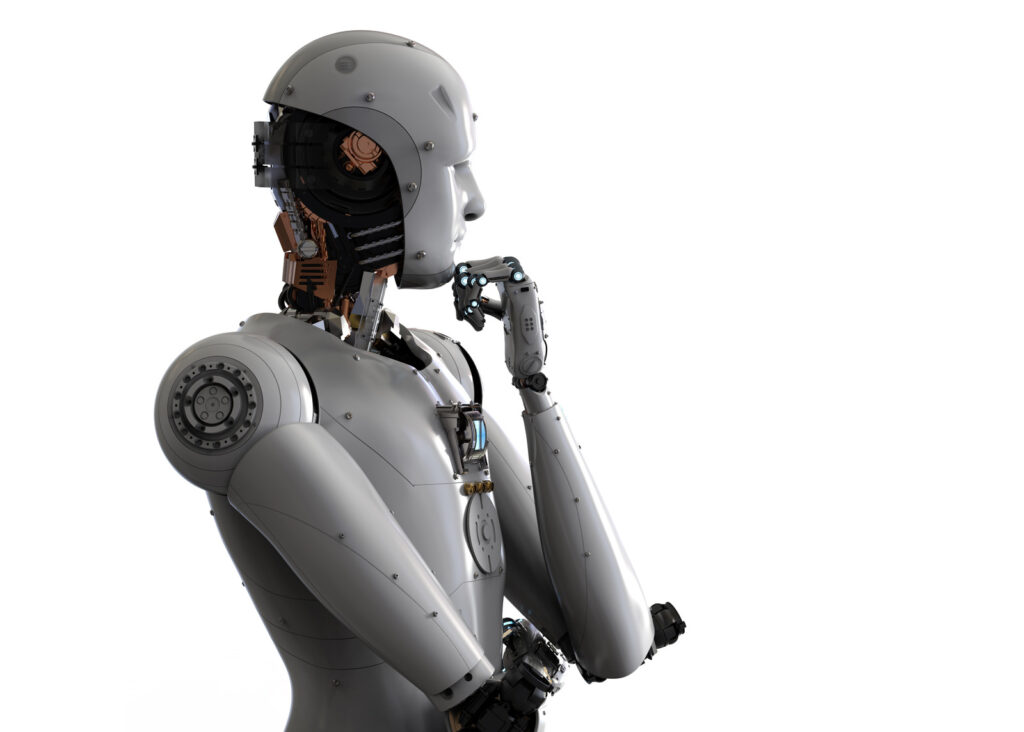
The Humanoid robot market represent the convergence of several advanced technologies like artificial intelligence (AI), biomechanics, and robotics engineering. They are not just cool gadgets; they hold the potential to revolutionise industries, improve lives, and tackle challenges that were once thought impossible.
From assisting in surgeries to enhancing factory productivity, these human like robots are shaping up to be a game-changer across the board.
Curious about how these marvels came to be and what the future holds for them? Read on to explore their history, capabilities, applications, and beyond.
History and Evolution of Humanoid Robotics
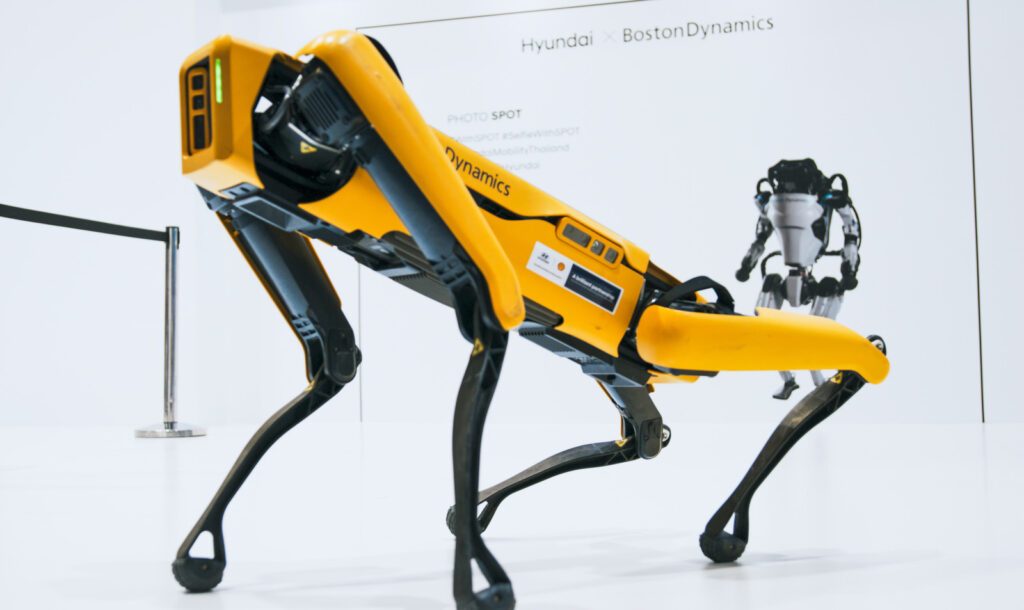
The idea of humanoid robots isn’t as modern as you might think. It dates back to ancient times when inventors and philosophers dreamt of automating human-like tasks. The concept gained momentum during the Renaissance, with pioneers like Leonardo da Vinci sketching lifelike mechanical knights.
Fast forward to the 20th century, and we saw the first significant milestones. The rise of computing technology in the 1950s and 1960s enabled researchers to experiment with robots that could emulate basic human tasks. For example, in 1973, WABOT-1, created in Japan, was the world’s first full-scale humanoid robot capable of walking and grasping objects.
Since then, ultra realistic humanoid robots has come a long way. Modern-day creations like Honda's ASIMO and Boston Dynamics' Atlas showcase advancements in agility robotics adaptability, and intelligence. Today’s autonomous robots are highly sophisticated, capable of recognising faces, responding to voice commands, and even performing complex tasks like parkour.
The evolution of humanoid robots developed is a true testament to human ambition and ingenuity. But what makes them so advanced? It all comes down to their unique design and technology.
Key Features and Capabilities of Humanoid Robots

What sets humanoid robots apart from other machines is their blend of hardware and software that closely imitates human functionality. Here’s a breakdown of their key features:
1. Sensors
Sensors function as the “eyes,” “ears,” and “skin” of humanoid robots. They allow these machines to perceive their surroundings and respond accordingly. For instance:
- Vision Sensors help them recognise objects, people, or obstacles, often utilising technologies like cameras and LiDAR.
- Touch Sensors provide robots with the ability to gauge pressure or detect contact, enabling them to manipulate objects delicately.
- Auditory Sensors allow robots to process and respond to sounds, including speech.
2. Actuators
Actuators act like muscles, enabling movement in humanoid robots. Whether it’s a smooth arm gesture or a precise twist of the wrist, actuators are responsible for imitating human form factor motion.
3. Artificial Intelligence (AI)
AI is the brain behind a humanoid robot’s decision-making capabilities. Using machine learning and neural networks, these robots can:
- Process data in real time.
- Understand languages and respond contextually.
- Improve their performance through self-learning.
4. Locomotion
Walking upright is no small feat for robots. Advanced locomotion systems paired with gyroscopic sensors and stabilisers enable them to balance, climb stairs, or even run.
These features equip humanoid robots designed to perform complex tasks across a variety of contexts. But where exactly are these robots making a difference? That brings us to their wide-ranging applications.
Applications in Various Industries
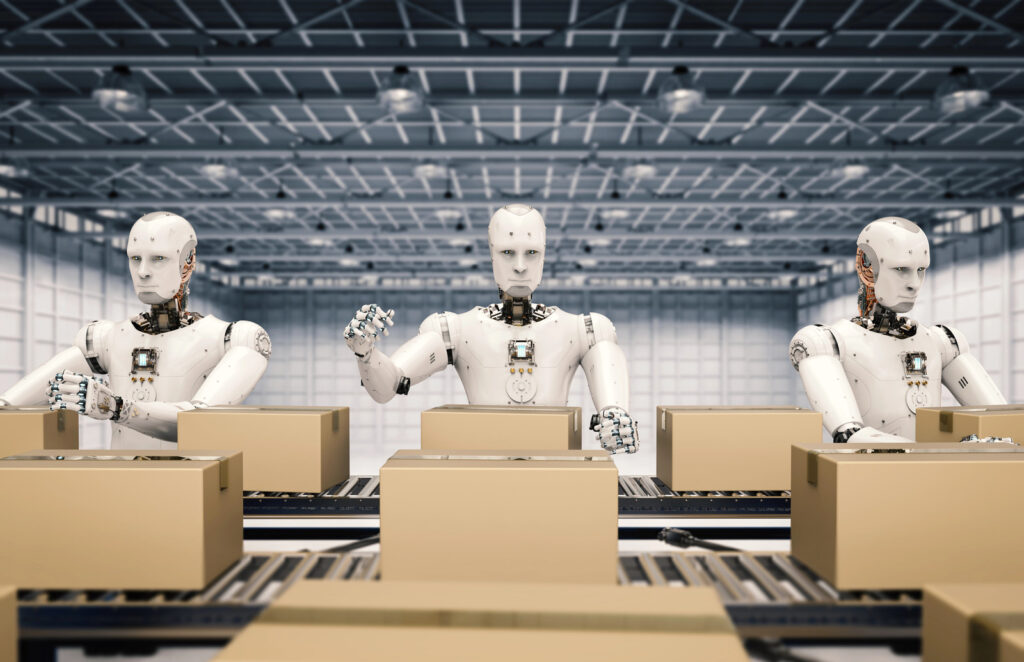
Humanoid robots is not just confined to science labs or research facilities anymore. They are proving their worth in industries that directly impact our daily lives.
1. Healthcare
Humanoid service robots have made incredible strides in the healthcare sector:
- Patient Care: Robots like Pepper have been used to communicate with and comfort patients, especially in elderly care facilities.
- Surgical Assistance: Humanoid robots can assist surgeons during complex procedures by holding instruments with precision.
- Rehabilitation: Robots equipped with AI can provide customised care and physical therapy exercises for patients.
2. Manufacturing
Manufacturing processes are becoming more productive and safer with humanoid robotics:
- Assembly Lines: Robots like ABB's YuMi excel in repetitive tasks such as assembly, reducing production time and errors.
- Workplace Safety: By handling hazardous materials, robots are protecting human workers from dangerous situations.
3. Research and Exploration
Humanoid robots are invaluable in conducting research in extreme conditions:
- Space Exploration: NASA’s Robonaut can perform tasks on the International Space Station, reducing risks to astronauts.
- Hazardous Environments: Robots are deployed to sites like nuclear power plants or disaster zones where human presence is unsafe.
4. Customer Service
Retailers, hotels, and airports are integrating humanoid social robots into customer service roles. They can assist with queries, provide directions, and even add a tech-savvy touch to the guest experience.
5.Pal Robotics
Other humanoid robots include pal robotics which focus on service robots for healthcare, public relations, entertainment services and advanced research. They have also introduced an open-source platform that allows anyone to build their humanoid robot.
Challenges and Limitations
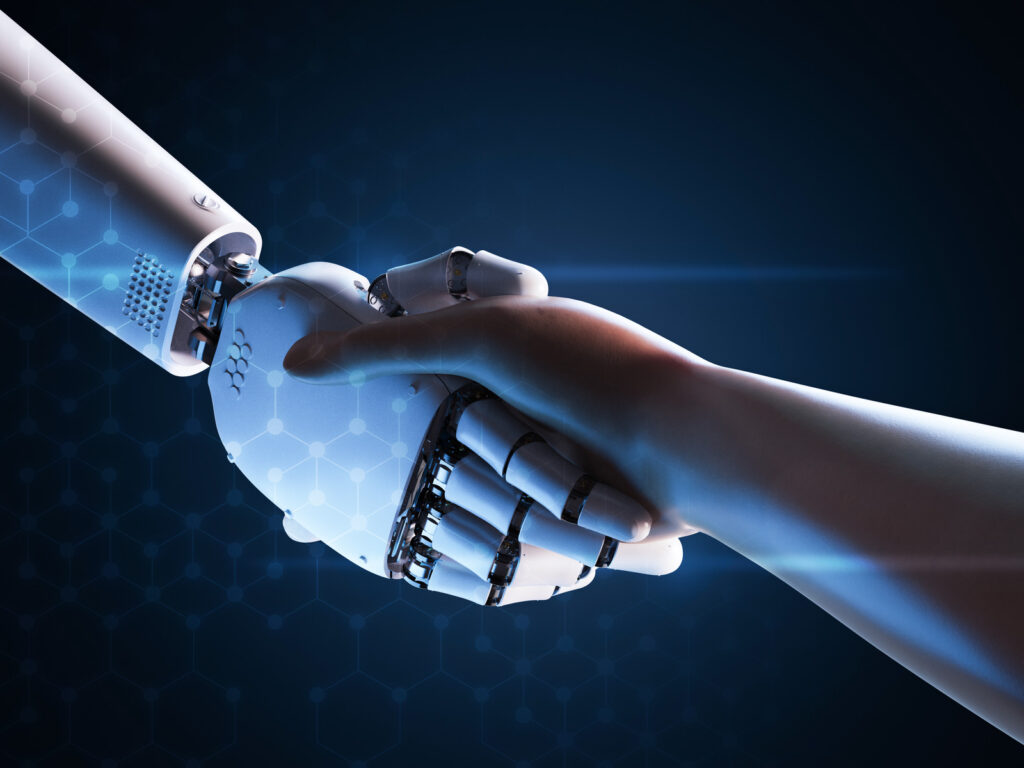
No technology comes without hurdles, and humanoid robotics is no exception. Here are some key challenges:
1. Technical Barriers
While advancements in AI and machine learning have been remarkable, achieving true human-like intelligence and dexterity remains challenging. Issues such as energy efficiency, data processing speed, and navigating complex environments still require innovative solutions.
2. Ethical Concerns
The rise of humanoid robots brings ethical questions to the forefront:
- Job Displacement: Could extensive automation lead to unemployment in sectors like manufacturing and customer service?
- Privacy Risks: With data collection inherent in AI technology, how can we ensure user information remains secure?
3. Economic Constraints
Developing advanced humanoid robots is expensive, which makes them less accessible to small- and medium-sized businesses. Additionally, maintenance costs can add up, further limiting their widespread adoption.
Understanding these challenges is critical to creating a roadmap for the future of humanoid robotics.
Future Trends and Predictions
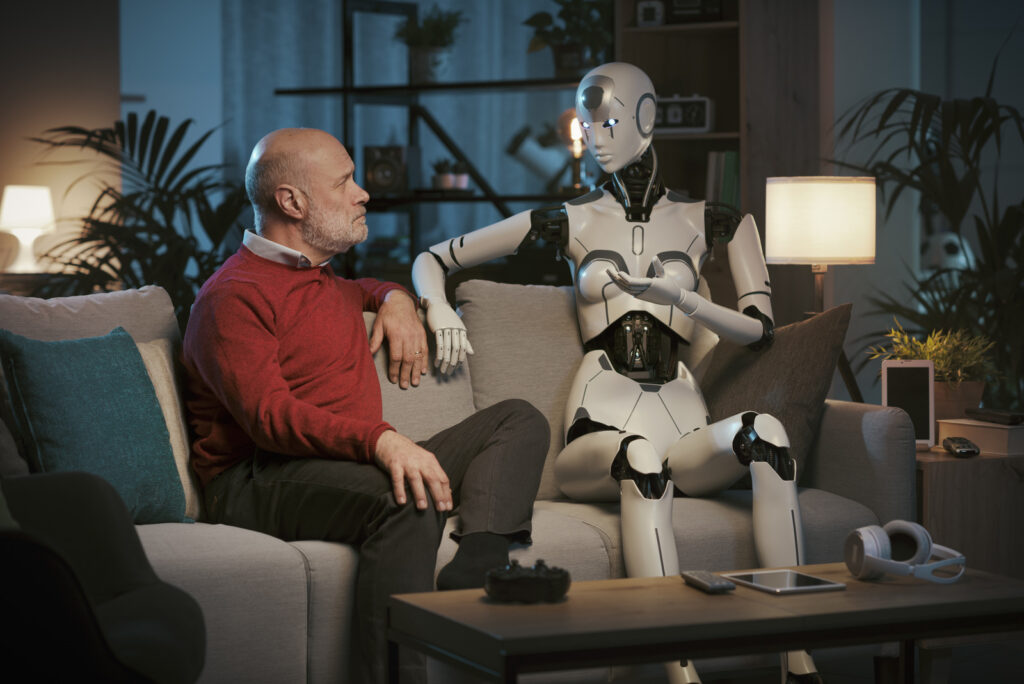
What does the future hold for humanoid robots? Experts predict that the following trends will dominate in the coming years:
- Stronger Collaboration with Humans: Expect to see robots working alongside humans as teammates rather than replacements, enhancing productivity in shared workplaces.
- Enhanced Emotional Intelligence: Developments in AI will allow robots to recognise and respond to human emotions with greater accuracy, making them more effective in caregiving roles.
- Advancements in Mobility: Robots will achieve the human form factor and continue to improve agility robotics, enabling them to operate seamlessly in unpredictable environments.
The potential of humanoid robots is enormous. But as we look ahead, one thing is clear—we need to approach this technology responsibly.
What’s Next? Unlocking the Potential of Humanoid Robots
Humanoid robots designed to operate in human-centric environments are becoming increasingly advanced and capable. They have the potential to significantly impact fields like healthcare, education, and manufacturing.
However, with great potential comes great responsibility. Tackling challenges such as ethics, costs, and technical limitations will require collaboration between governments, businesses, and researchers.